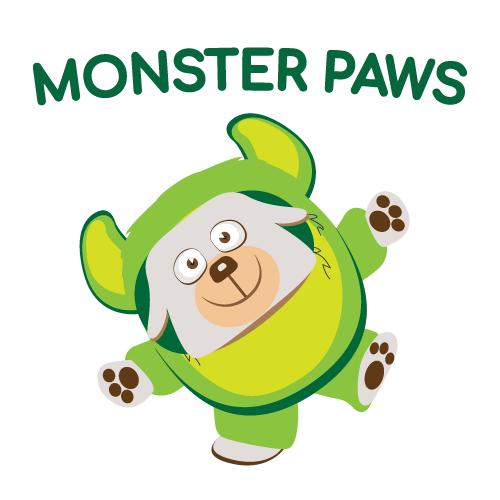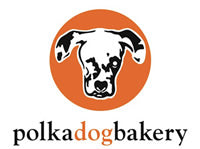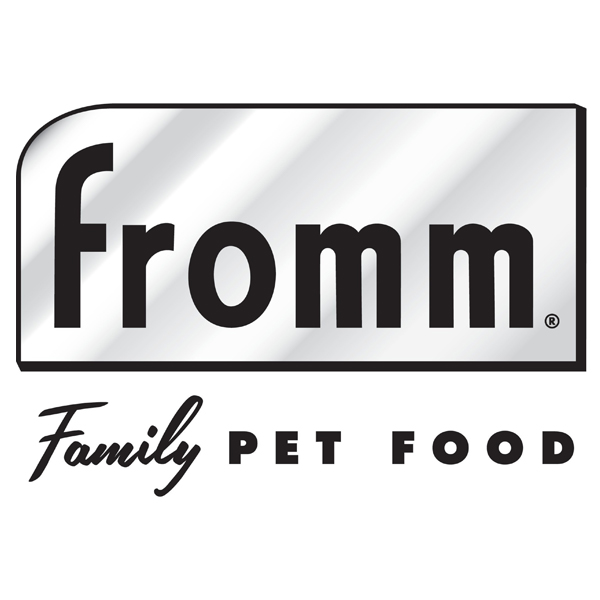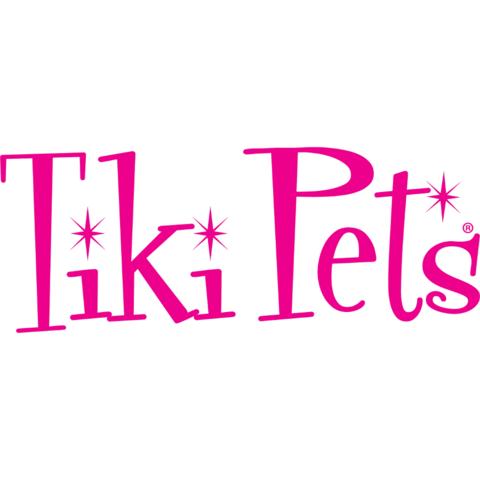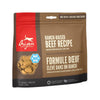Protect Your Dog from These 3 Common Diseases
Stephanie Wan Editorial Date:Of course we all want our dogs to live forever, but since that's not possible, we do everything in our power to help them live the longest and healthiest lives they can! We make sure they get high-quality food, are clean and well-groomed, and get the exercise they need to stay physically and mentally strong. In addition to all this we protect them from diseases and illnesses as much as we can.
Contents
Here are 3 common canine diseases and how to take the proper precautions to help keep your dog safe.
1. Tick Fever
Ticks are parasites that feed on the blood of mammals and other organisms. They live in grassy areas, and can transfer onto dogs or even humans as they pass through. When a tick bites a dog, microscopic organisms living inside the tick can be injected into the dog’s bloodstream, leading to infection. Two common strains in Hong Kong are Ehrlichiosis and Babesia, which cause Tick Fever.
Ehrlichiosis and Babsesia attack platelets and red blood cells respectively, leading to weakness, fever, loss of appetite, anorexia, and anemia. You may also notice darker urine and pale gums. There is no vaccine for Tick Fever, so the best way to prevent infection is to avoid being bitten by ticks in the first place!
How to prevent tick fever in dogs - Home remedies

The most common tick prevention is Frontline, a liquid solution applied to your dog's skin once a month that kills fleas and ticks with the added bonus of repelling mosquitoes. Except for the two days before and after application, your dog can go swimming and get baths like usual and still stay protected. Apply the liquid to a spot on your dog’s back in between their shoulder blades, making sure to add directly to their skin and not just their fur.
The Virbac Preventic Tick Collar is a convenient way to keep ticks away, as you just put it on your dog like a regular collar. It contains amitraz which paralyzes ticks and prevents them from biting and attaching to your dog.
Richard's Organics Flea and Tick Spray is made with natural ingredients to protect your dog for up to 4 weeks. Spray it thoroughly over your dog's body, paying extra attention to the legs, feet, and under the tail, where ticks love to hide. This spray is great for added protection when you go exploring somewhere with a high risk of ticks.
For a completely chemical-free way to repel ticks, try the Tickless Ultrasonic Tick and Flea Repeller. It emits ultrasonic pulses which are imperceptible to humans and pets but disturbs ticks and fleas, keeping them away. Simply attach it to your dog's collar! It has a range of 1.5m, and lasts for 6-12 months after activation. The Mini Repeller is a smaller, even more powerful version, with a range of 2.5m. It’s even rechargeable so you can protect your furry friends for longer.
2. Oral Disease
Oral disease is the most common disease in dogs, and affects up to two thirds of all adult dogs. The most prevalent is periodontal disease, which is the infection of tissues surrounding the teeth. Bacteria inside the mouth forms a layer of plaque on the dog’s teeth, which thickens and becomes tartar if not removed. All this bacteria can cause infection of gum tissue, and left untreated, the bacteria can spread into the tooth socket causing the tooth to fall out.
How to prevent periodontal disease in dogs

Prevent plaque and tartar buildup by brushing your dog’s teeth daily! Preventative care is the most effective, as once tartar has formed, it is very difficult to remove and professional teeth cleaning will be needed. Specially formulated doggie toothpaste helps break down plaque and tartar, and is designed to be swallowed so you don’t have to worry about your dog eating it. Dental treats like Greenies have a chewy texture that fights plaque and tartar. Your dog will love the tasty treat so much they won’t even know you’ve tricked them into cleaning their teeth. Chew toys like the Nylabone Puppy Teething Rings Chew Toy have raised bristles which help clean your dog’s teeth while they chew.
3. Canine Distemper and Parvovirus
Distemper and parvovirus are highly contagious viral diseases that spread between infected dogs and contaminated surfaces. Distemper in particular is a deadly disease, with a mortality rate in puppies of up to 80%. Dogs who recover often suffer long lasting effects such as muscle twitching, seizures, and nerve damage. Parvovirus mostly affects puppies and younger dogs, but adults can get it too especially if they are unvaccinated. There is no cure for distemper or parvovirus, and treatment consists of supportive care to help your pup fight off the infection.
How to prevent canine distemper
The best way to protect your furry friends is to stay up to date with their vaccinations. Distemper and parvovirus vaccines are part of the DHPPiL core vaccine, which protects dogs against distemper, hepatitis, parvovirus, parainfluenza, and leptospirosis. A recommended vaccination schedule for puppies is:
| First DHPPiL Vaccination | 8-10 weeks |
| Second DHPPiL Vaccination | 12 weeks |
| Third DHPPiL Vaccination | 16 weeks |
Booster shots may be required every couple of years, so speak to your vet to find out what is recommended for your dog.
Before your puppy is fully vaccinated, avoid visiting dog parks and areas with unknown dogs. Socialise your puppy in a safe environment, such as your home, with other vaccinated dogs to prevent the spread of viruses. If you notice any symptoms, bring your dog to the vet right away.
With these precautions in place for our furry friends, we can focus on the important stuff like exploring and playing! Find all your healthy pet care needs at Whiskers N Paws!




